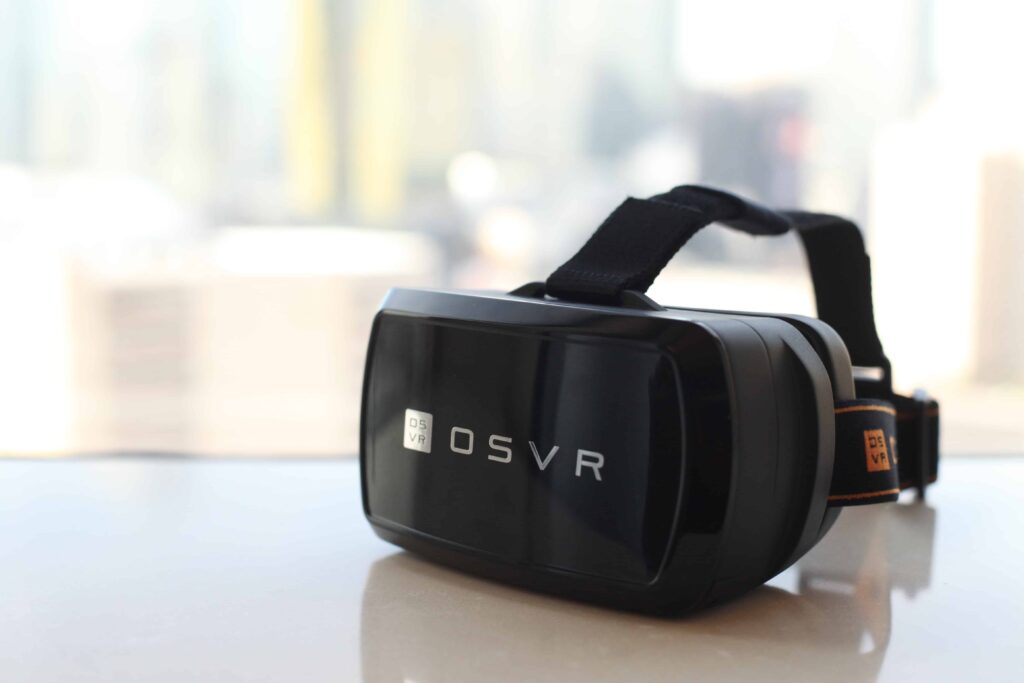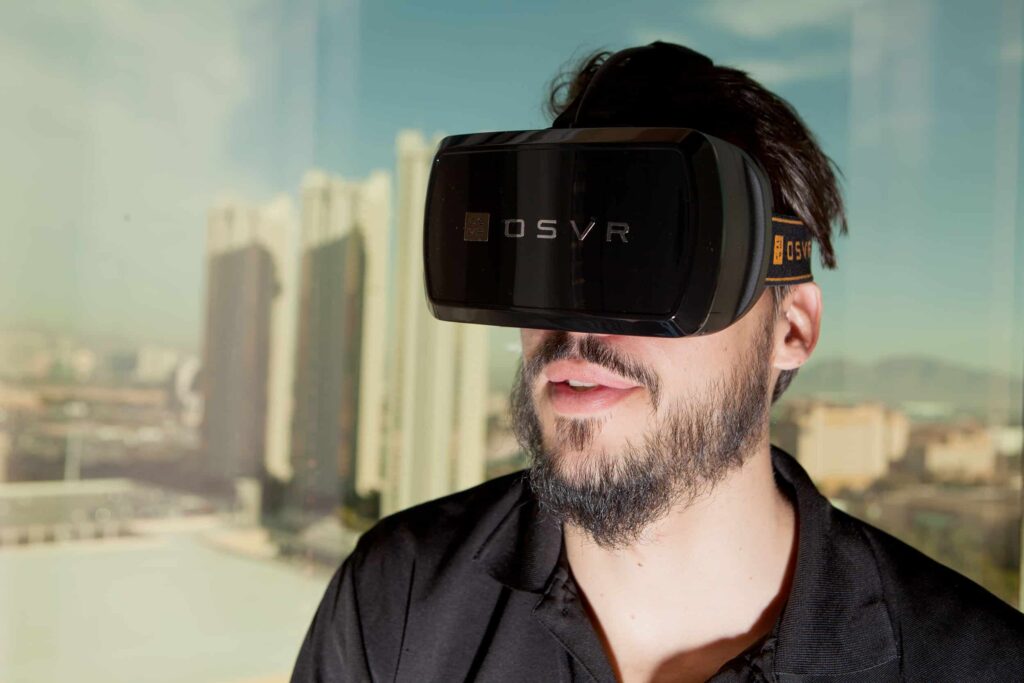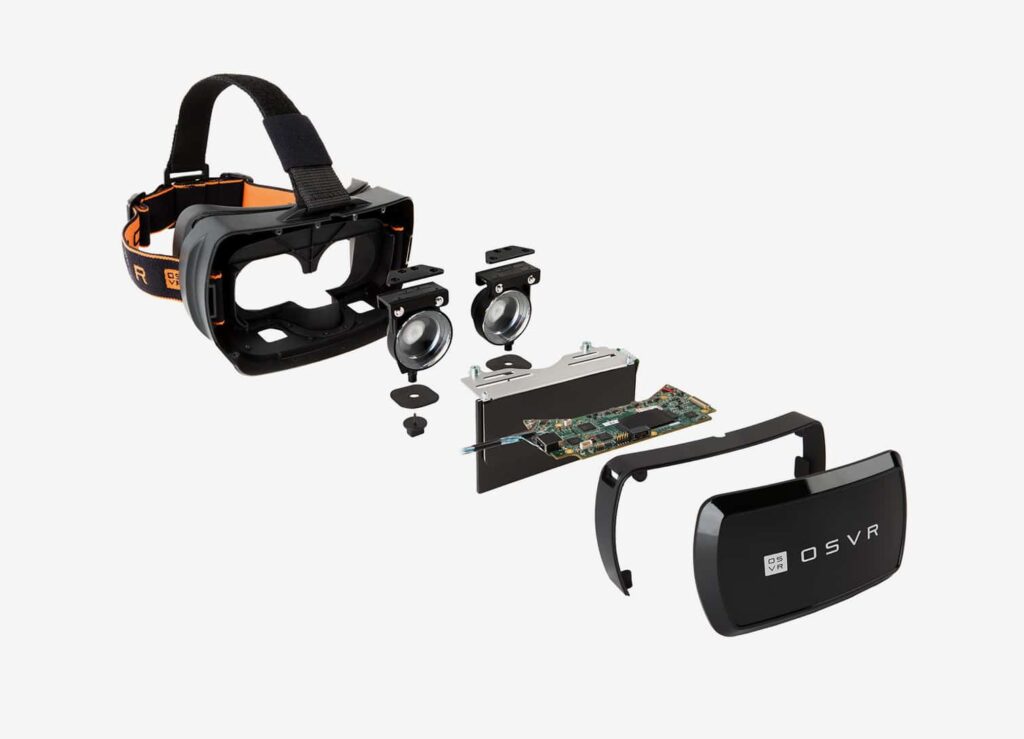Virtual Reality Through the Eyes of Razer OSVR
Virtual reality has existed for quite some time but now it’s made a comeback with the help of gadgets such as Project Morpheus and the Oculus Rift. It seems like more and more companies are now trying to cash in on the recent boom in the VR market and wish to bring virtual reality in everyone’s living room. However, despite all recent trends, most people have never bought or even tried a virtual reality headset.

This is mainly because the Oculus Rift isn’t exactly a mainstream gadget right now. Even though you can buy a development kit and try it out, at the moment there isn’t much interest in this kind of gadget. Samsung’s own Gear VR is available but you have to use it on a specific smartphone and it doesn’t have an impressive library.
The Razer OSVR Hacker Dev Kit
So despite the fact that VR is not such a huge thing right now, Razer, the well-known PC hardware company has still decided to test the waters with its own virtual reality headset. Its gadget is an open-source, hackable VR headset and it is called Razer OSVR Hacker Dev Kit.
But what exactly does this mean? Razer said that the $200 headset is compatible with any VR software available for Android and Linux, as well as Oculus DK 2 software and dev kits. Not to mention that it’s $149 cheaper than the available $349 Oculus Rift development kits.

Razer is part of a bigger partnership and will try to bring together all of VR into one single device. Razer claims that its OSVR, which means Open-Source Virtual Reality Consortium, will support input hardware such as Leap Motion, Sixsense among others, software plug-ins such as HeroEngine, Unreal 4 Engine and Unity 3D and other VR technologies like Vrvana’s Totem headset and the Oculus Rift DK 2.
The OSVR will come with its own development software but we’ve seen more companies that are already trying to work on the OSVR at this year’s CES, including Leap Motion and Nod Ring. At this moment, the supporters for OSVR include Pebbles Interfaces, Hillcrest Labs, Bosch, Sixsense, YEI, Virtuix, SensoMotoric Instruments, Nod Labs, Leap Motion, Razer and some software developers such as Untold Games and Gearbox among others.
The Razer OSVR Hacker Dev Kit looks surprisingly similar to the Oculus Rift with its elastic headband that snaps into place the same way and the foam around the viewing area that looks like the one on Oculus’ VR headset. The device from Razer comes with a gyroscope, a compass, an accelerometer and a 5.5 inch Full HD 1,920 x 1,080 display. It has a similar head-tracking technology like the one inside Samsung’s Gear VR but it doesn’t have positional tracking like Sony’s Project Morpheus or the recent Oculus Rift dev kits.

Razer claims that it’s still thinking about what kind of technologies to use inside the VR headset and it said that there is a possibility to include IR cameras at a later time in development. Two internal USB ports and an external one may mean that the headset will allow the connection of accessories. All three ports are USB 3.0.
Razer also plans to release its blueprints of the device and details about it online on their website. This means that people will get the chance to 3D print their own versions of the device and mods for it. The VR headset can be opened by using the five screws on it and users will be able to change the display inside it with one that has a higher resolution and they will also be able to swap out the optics.

The lenses inside the Razer OSVR do something that the ones in the Oculus Rift can’t do. Each can be adjusted separately: the distance of the lens can be adjusted for different types of eyes and can be made narrower and wider depending on the user’s eye placement. Razer claims that the lenses will provide minimal distortion, even when compared to the ones in the Oculus Rift. Just how much of an improvement this will mean remains to be seen as we consider that the Oculus Rift already feels great.
The model of the OSVR presented by Razer wasn’t working so all we did was try out the model to see how well it feels. While the device seemed a little tight, it wasn’t that uncomfortable and felt alright on my face. The actual Razer OSVR will have a cable on top of the goggles that will connect to a “belt box” where and HDMI port will connect to whatever kind of device you want to plug it in.
Razer OSVR Hacker Dev Kit: Not particularly impressive
At Razer’s booth at the CES I tried the OSVR headset for a little while. Is it impressive?
Well… not particularly. Before I tried Razer’s OSVR headset I tried the prototype for the Oculus Rift Crescent Bay. After I got my hands on the prototype from Oculus, the Razer OSVR didn’t feel all that great.
To be fair, it was just a quick demo and CES isn’t exactly the place where you can make a thorough analysis of a device but I did get to play a Space Invaders sort of game with Razer’s VR headset and its Hydra motion controllers (this is the kind of accessory Razer claims its virtual reality headset will support) and wasn’t very impressed.

The Hydra controllers felt a little like the Move controllers from Sony and they actually did a decent job in replicating my movements. However, the actual VR headset and its graphics were a little disappointing.
There was a noticeable lag between the motion of my head and what was displayed and the resolution of the screen didn’t feel as crisp as the one on the Oculus. The gameplay was unimpressive and the field of view wasn’t really immersive. The Razer OSVR really felt like the early dev kits of the Oculus Rift and it certainly isn’t on par with the newer Crescent Bay. It’s safe to say that even Samsung’s Gear VR is better. Sadly, I wasn’t able to test the headset with Leap Motion attached.
To be fair, the point of Razer’s OSVR isn’t the actual hardware, it’s the compatibility with a wide variety of software and other hardware. However, unless you are a hacker or DIY programmer, what Razer claims its VR headset is capable of doing is a lot less fascinating than the more advanced and polished VR headsets from Sony and Oculus; at least for the time being.
The Razer OSVR Hacker Dev Kit will start being available in June. This device is undoubtedly targeted at DIY programmers, developers and hackers and not at regular people. Virtual reality is still, ironically, a new technology and the plan to bring together all of VR into one headset sounds very messy, despite it being quite commendable.
Companies like Sony and Oculus are now trying to make a path of their own and even Google tries to do so with its Project Tango and Cardboard. VR is at the time still an uncharted map and there’s no indication that Razer VR will be the one that lights the candle into the dark. At least, not at the present time, that is. In the mean-time you can play with the Latest Virtual & Augmented Reality Devices.